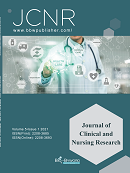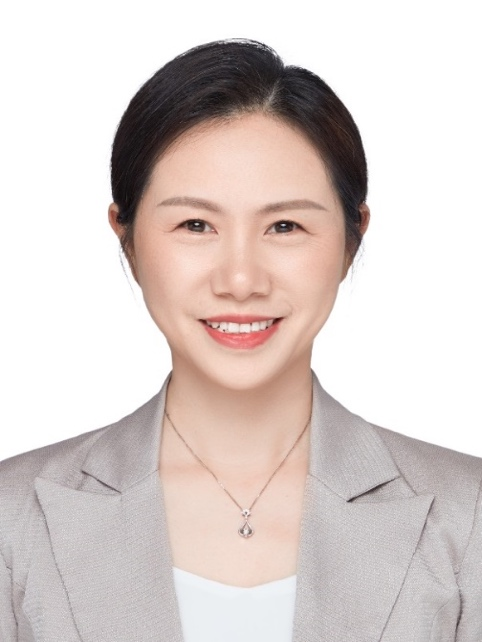Research Progress of Non-drug Therapy of Traditional Chinese Medicine in the Treatment of Obese Polycystic Ovary Syndrome
Abstract
Polycystic ovarian syndrome (PCOS) as a relatively common clinical reproductive endocrine disease, the incidence is increasing year by year and the treatment is difficult, among which obese PCOS accounts for nearly 50% of the total. In recent years, non-drug therapy of traditional Chinese medicine (TCM) has been effective in the treatment of PCOS. This article summarizes the relevant literature in the past ten years from acupuncture, acupoint embedding, moxibustion, and auricular points, and observes the effects of TCM non-drug therapy on endocrine and glucose and lipid metabolism in obese PCOS patients. The impact of various indicators such as body mass index, body mass index, etc., and discuss the problems in such treatments, as well as put forward suggestions to achieve the purpose of better guiding the clinical treatment of obese PCOS.
References
Yao HP, Yao GG, 2019, Progress in the Treatment of Polycystic Ovary Syndrome with Traditional Chinese Medicine. Western Journal of Traditional Chinese Medicine, 32(12): 144-147.
Qiao J. Polycystic Ovary Syndrome, 2009, Peking University Medical Press, Beijing, 20-21
He YL, Xu XJ, Li WJ, et al., 2015, Research Progress in Traditional Chinese and Western Medicine for Obese Polycystic Ovary Syndrome. Chinese Journal of Traditional Chinese Medicine, 33(07): 1614-1616.
He P, Hu XY, 2006, The Current Situation of the Side Effects of Clomiphene Ovulation Induction and the Improvement Prospects of Integrated Traditional Chinese and Western Medicine. Journal of Jiangxi University of Traditional Chinese Medicine, (05): 74-76.
Zhang YQ, 2017, The Effect of Acupuncture on Adiponectin, Leptin and Insulin Resistance in Obese Patients with Polycystic Ovary Syndrome. Chinese Medical Journal, 32(11): 2259-2262.
He F, Chen WX, Li H, 2016, Discussion on the Relationship between Obesity and Polycystic Ovary Syndrome and Research Progress in the Treatment of Obese Polycystic Ovary Syndrome. Hebei Journal of Traditional Chinese Medicine, 38(9): 1422-1426, 1431. DOI:10.3969/j.issn.1002-2619.2016.09.038.
Wu XK, Chang H, Zhang Y, et al., 2010, Progress in the Epidemiological Investigation of Polycystic Ovary Syndrome. Science & Technology Review, 28(21): 101-105.
Wu D, Wang XB, Cong HF, et al., 2020, The effect of Acupuncture on Ovarian Function in Obese Patients with Polycystic Ovary Syndrome. World Traditional Chinese Medicine, 15(16): 2482-2485.
He DJ, Liang SR, Huang XT, 2020, Acupoint Catgut Implantation in the Treatment of Obese Polycystic Ovary Syndrome. Hubei Journal of Traditional Chinese Medicine, 42(02): 12-16.
Han YY, 2018, Preliminary Observation on the Clinical Efficacy of Medicine-Separated Moxibustion and Acupuncture in the Treatment of Phlegm-Dampness Type Polycystic Ovary Syndrome. Shandong University of Traditional Chinese Medicine.
Li Y, Hao SL, Zhang CL, et al., 2018, Clinical Observation on the Treatment of Adolescent Overweight/Obese Polycystic Ovary Syndrome by Pressing Seeds at Ear Points. Modern Journal of Integrated Traditional Chinese and Western Medicine, 27(35): 3877-3879+3906.


